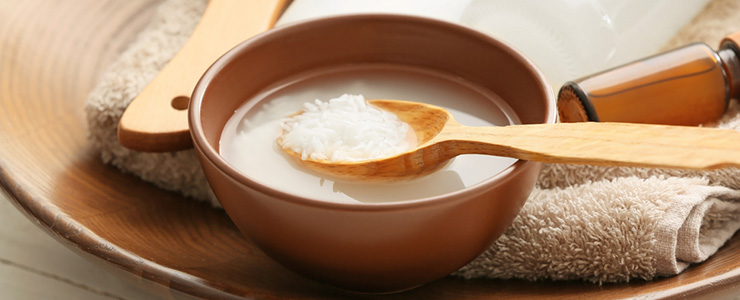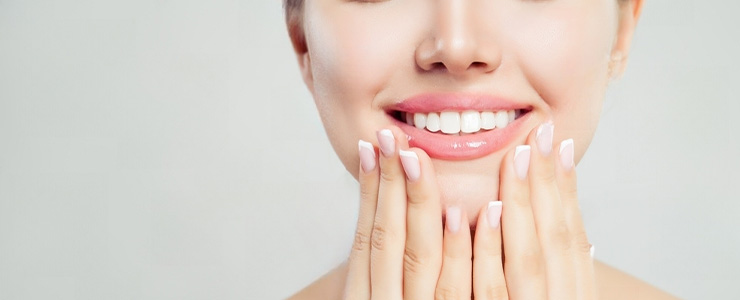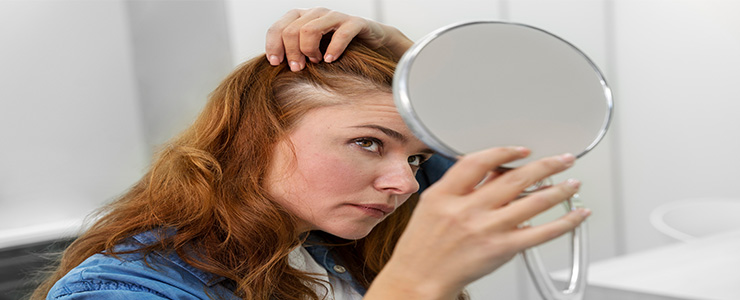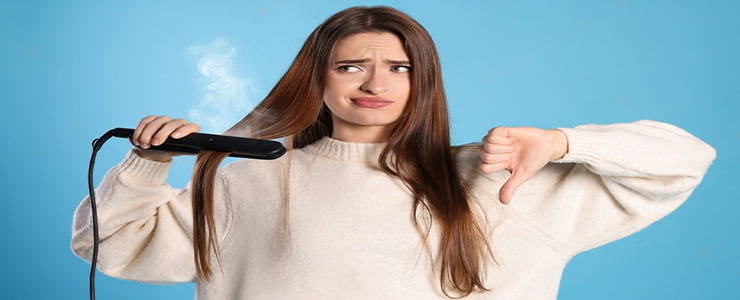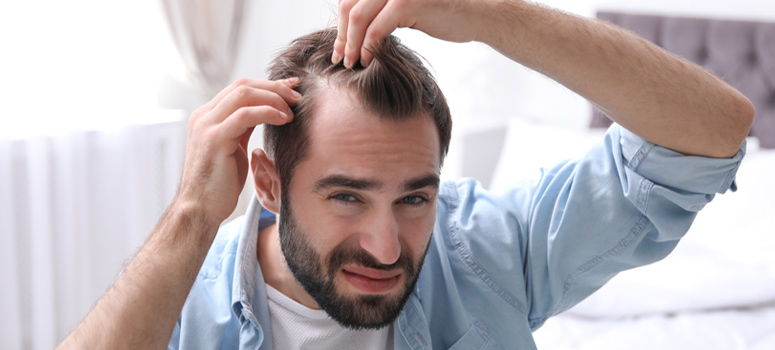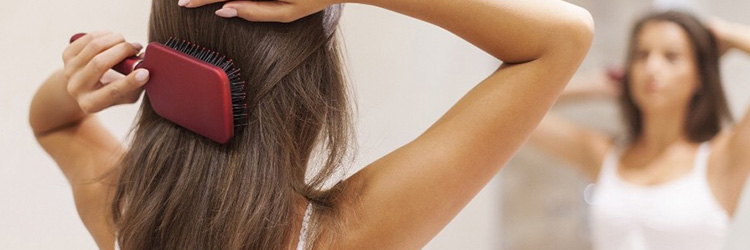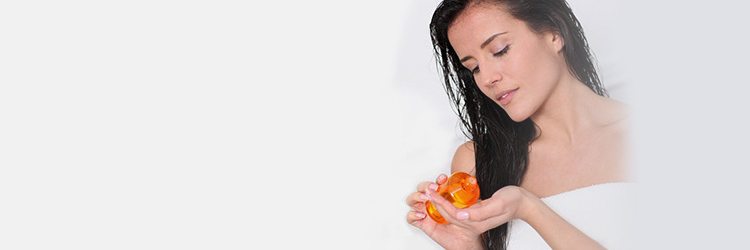Do you ever find yourself incessantly shaking your leg, biting your nails, or twisting your hair around your fingers out of anticipation? These actions are some of the primary signs of dealing with stress and anxiety. There is another condition wherein individuals literally pull their hair out, known as Trichotillomania.
What is Trichotillomania
The term Trichotillomania is derived from two Greek words. Therefore, it means:
Tricho – hair; Tillo – pull; Mania – excessive behaviour.
This hair-pulling disorder is a mental health condition, involving a frequent and an irresistible urge to pull out hair from one’s scalp, eyebrows, or other areas of the body. Trichotillomania is a part of a group of conditions, known as body-focused repetitive behaviours. Pulling out hair from the scalp due to excess distress can often leave patchy bald spots and cause even more emotional distress.
What are the Symptoms of Trichotillomania
The age group that marks the onset of this hair-pulling disorder is from 10-13 years. Some symptoms of this hair-pulling disorder include:
- Experience stress or anxiety in school, work, or in social situations, which, when it is no longer containable, leads to hair-pulling.
- Intentional or unintentional pulling of hair from the scalp, eyebrows, eyelashes, beard, or other body parts.
- Pulling out hair from pets, dolls, blankets, or clothes is also a sign.
- Breaking off pieces of hair.
- Biting, chewing, or eating pulled out hair (trichophagy).
- Hair loss that is easy to see. This includes shortened hair, trimmed or bald patches on the scalp, or thing or missing eyelashes or eyebrows.
- Increasing sense of tension before pulling the hair out or irritation on merely resisting the act.
- Finding a sense of relief after pulling the hair out.
Trichotillomania also involves excessive nail-biting, picking your skin, or chewing and biting your lips. An episode lasts from a few seconds to hours. This disorder can either be an automatic action which can take place while watching television or merely out of boredom; or, one may focus entirely on pulling out their hair to relieve tension. Individuals may do both depending on the situation and their mood. Activities such as resting your hand on your head or combing your hair can trigger this hair-pulling disorder.
What are the Causes of Trichotillomania
Wondering what leads to this disorder? There are several factors that result in Trichotillomania:
-
Undergoing negative feelings
Negative emotions, such as frustration, feelings of low self-esteem and low confidence levels, loneliness, or boredom, can bring about this hair-pulling disorder.
-
Other mental health conditions
Mental health conditions such as anxiety, depression, obsessive-compulsive disorder (OCD), or attention deficit hyperactivity disorder (ADHD) may occur with Trichotillomania.
-
Health conditions
Uncomfortable health or skin conditions can cause irritation, which can further escalate to hair-pulling or picking at the scalp.
-
A false sense of relief
Many individuals may also resort to this act owing to the sense of satisfaction or relief that pulling out hair brings along.
-
Family history
Genetics can play a big role in the development of this hair-pulling disorder.
Adverse Impacts of Trichotillomania
For some individuals, this hair-pulling disorder is mild and easily manageable. But for others, due to the hair loss and bald patches, the Trichotillomania disorder causes more harmful effects to one’s life.
- Itching or tingling at the site where hair was pulled.
- Such a hair condition and the inability to control this urge can cause embarrassment, social anxiety, or a feeling of being ashamed to face others. Therefore, your social life can take a backseat.
- Individuals may resort to hiding their condition by wearing wigs or styling their hair to cover the patches.
- Constant hair-pulling can cause infections, scar, and damage the skin on your scalp, which may permanently affect hair growth.
- Due to this hair-pulling disorder, the ingestion of hair over the years can build a large, matted hairball in your digestive tract. The gastrointestinal hairball (trichobezoars) can cause weight loss, vomiting, and intestinal blockage, and may require surgical intervention.
Treatment for Trichotillomania
Individuals with Trichotillomania rarely seek psychological treatment because of a belief that their condition is just a bad habit. The symptoms discussed above and medical history may help in diagnosing this hair-pulling disorder. The treatment may depend on the severity of the symptoms experienced.
-
Psychiatric assessment
Begin with a thorough assessment to establish an accurate diagnosis and assess for co-occurring psychiatric disorders.
-
Punch biopsy
The healthcare provider would taken a skin sample for lab analysis to rule out any skin condition.
-
CT scan
You might have to undergo an imaging test like a computerized tomography (CT) scan and blood test for anaemia to detect a blockage from ingested hair.
-
Behavioural therapy
It includes a component of habit reversal therapy, that is self-monitoring and tracking the act of hair-picking and pulling, awareness training, and implementing stimulus control procedures to modify the environment and reduce the cues for hair-pulling.
-
Medications
Your healthcare professional may prescribe some antipsychotics, antidepressants, or anticonvulsants, to help balance the brain chemistry and help reduce the impulse to pull hair.
It is essential to note that your body may respond differently than other people to any prescribed medication. If you have side effects from your medication, consult your doctor immediately. Talk with them, weigh your options, and then decide on the best treatment plan for you.
Skin and Hair Academy’s online portal, Find a Dermatologist, can connect you with expert dermatologists who specialise in addressing skin and hair issues. The platform supports a vast network of experienced healthcare professionals, who can ensure personalized care and guidance. Prioritise your health and make the most of this resource to access the expertise needed for your skin and hair condition.
FAQs
-
How do I know if I have Trichotillomania?
-
Is Trichotillomania genetic?
Diagnosing Trichotillomania involves several tests, including both physical as well as mental evaluations. Hence, it is best to leave it to professionals as far as diagnosing whether or not you have the condition is concerned. But, it is important that you visit a doctor if you cannot stop yourself from being compelled to pull at hair from your eyebrows, scalp or other regions. Just twirling hair around your fingertips or fiddling with it is not to be considered as a symptom of the condition.
Your genes do play a role when it comes to conditions such as Trichotillomania. Although not completely genetic, if a close relative of yours has the condition, it makes you more vulnerable to express similar symptoms at some point in your life.
Source Links –
https://www.healthline.com/health/anxiety/trichotillomania
https://www.mayoclinic.org/diseases-conditions/trichotillomania/symptoms-causes/syc-20355188
https://my.clevelandclinic.org/health/diseases/9880-trichotillomania




